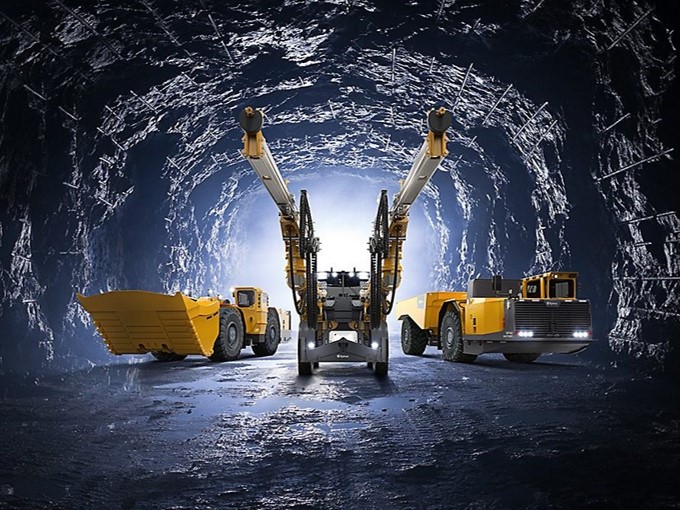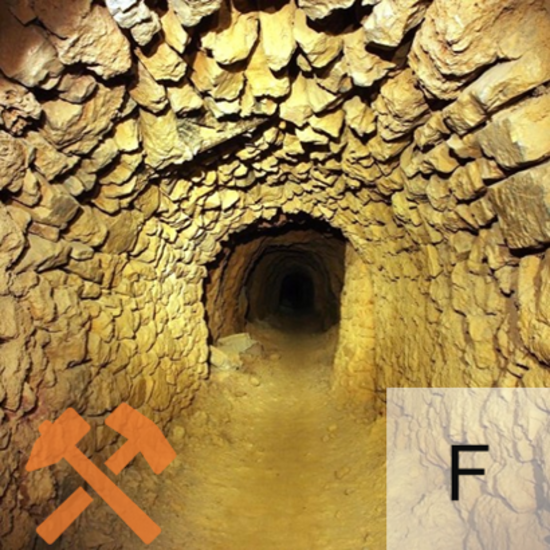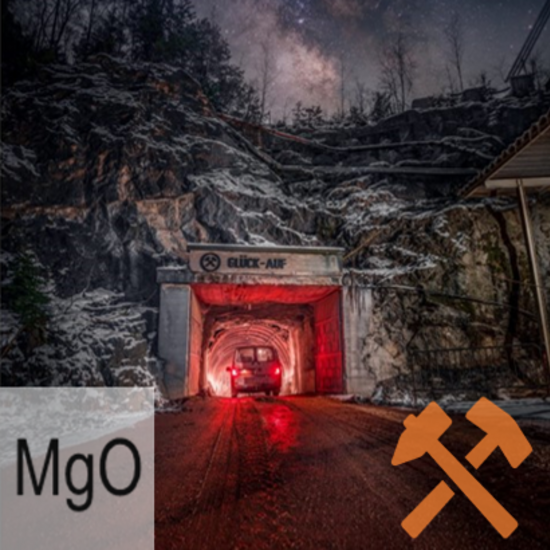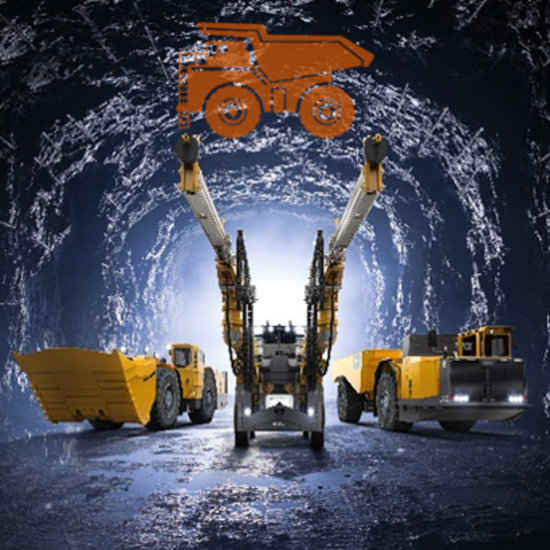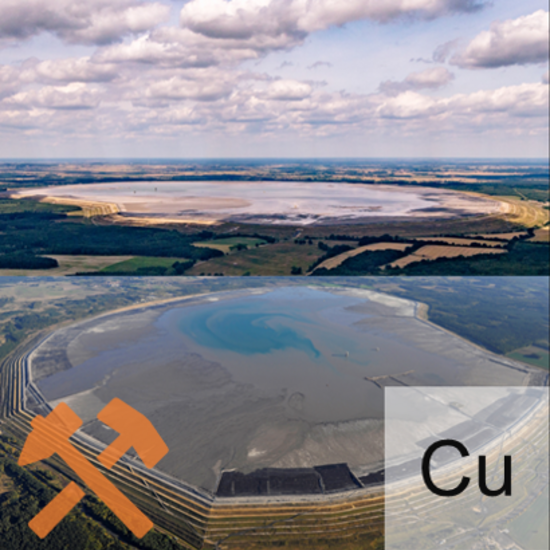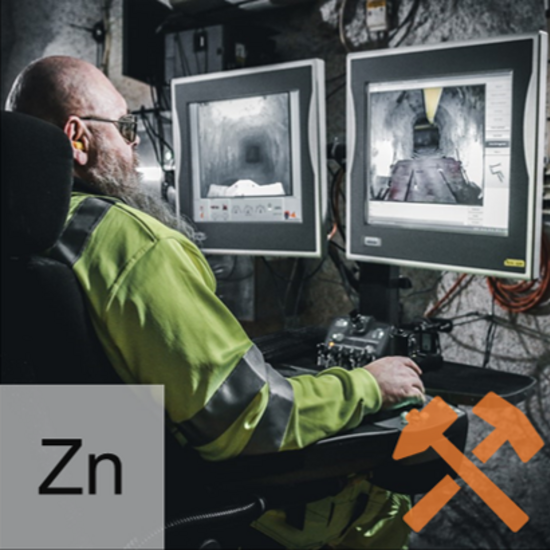The 5 Use Cases
Use Case 1: Underground fluorite mine (Minera de Orgiva)
The Lujar mine is located in south-eastern Spain, with a total production of 40.000t of metallurgic fluorite and approx. 60.000t of waste rock moved. The mine geology is highly complex with discontinued narrow stratiform and fracture-fill veins. Underground drifts are wide-spread and exceed 140km.
Challenges & Motivation: For the coming years, the main challenges of Minera de Orgiva are to (a) more than triple the production rated (2021-target: 150.000t) due to increasing market demand, and (b) to achieve beneficiation of high-quality acid grade fluorspar via raising from metallurgical grade currently at 85% CaF2 to acid grade at >97,5% CaF2 at highest possible recovery rates.
The deployment of Analysis While Drilling (AWD) / Measurement-While-Drilling (MWD), developed within illuMINEation, will strongly support production planning and significantly improve the control of the processing plant via near-real-time quality control, resulting in faster decision-making and substantially improved mine economics. All data collected will be integrated and utilised via an IIoT platform in order to support a more efficient management of the entire mining process, from the mine to the final product.
Use Case 2: Underground magnesite mine (RHI Magnesita)
The magnesite deposit Breitenau is located in central Austria and represents the largest known sparry magnesite deposit in the eastern alpine region. Mining is conducted via open pit and underground development, with a total annual production of 500.000t magnesite. The deepest production levels have already reached approximately 1.000m depth below surface.
Challenges & Motivation: This mine represents a typical alpine mineral deposit and highlights the complex geological and mining situations encountered in the Alps concerning mining stability and elevated rock fall potential, both being one of the major risks for health and safety of mine personnel.
The illuMINEation project will help with these challenges firstly through the combination of low-cost sensors with rock bolts, in order to continuously survey the stability of the underground openings on a large scale. This will ensure safe working conditions for mine personnel in support of the safe zone concept developed by the project. Secondly, resource efficiency will be increased via utilisation of AWD & MWD instrumentation and data analysis, which consequently allows improved geostatistical estimation for the prediction of grade distribution throughout the orebody. RHI Magnesita’s contribution to the development of the predictive maintenance concept is worth highlighting as well, as down-times of mining machinery can be reduced and maintenance requirements optimised. By combining all the aforementioned information via an IIoT platform, efficiency of the overall mining operation can be increased while at the same time substantially improving the working conditions for the mining personnel.
Use Case 3: Underground copper mines (KGHM Polska Miedź S.A.)
KGHM is one of the biggest producers of silver and copper globally. The mines are located in southwestern Poland and collectively produce 522.000 tons of copper and 1.218 tons of silver.
Challenges & Motivation: At the Żelazny Most tailings storage facility (TSF) there are several extensive monitoring networks installed. In total, the networks consist of around 2.900 measuring devices and sensors. An enormous amount of data is generated that is currently analysed by several teams of mining personnel. It is basically impossible to effectively analyse the entire comprehensive dataset by humans.
The large Żelazny Most TSF will be used as test site for technology investigating very complex conditions and huge amount of data. In order to allow for a continuous autonomous processing and analysis of the significant amount of data generated by the TSF monitoring operation (e.g. inclinometers, pressure, etc.), machine learning will be deployed to assist engineers in data analysis and interpretation.
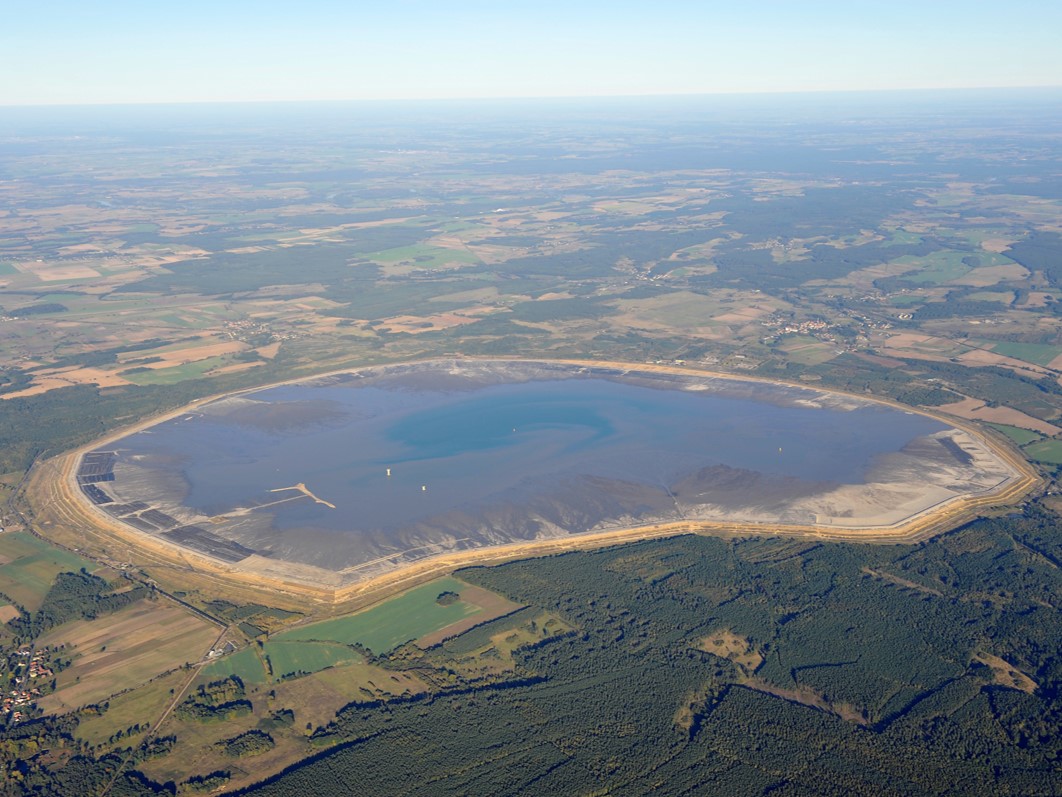
Use Case 4: Underground Zinc, Copper & Gold mine (Boliden)
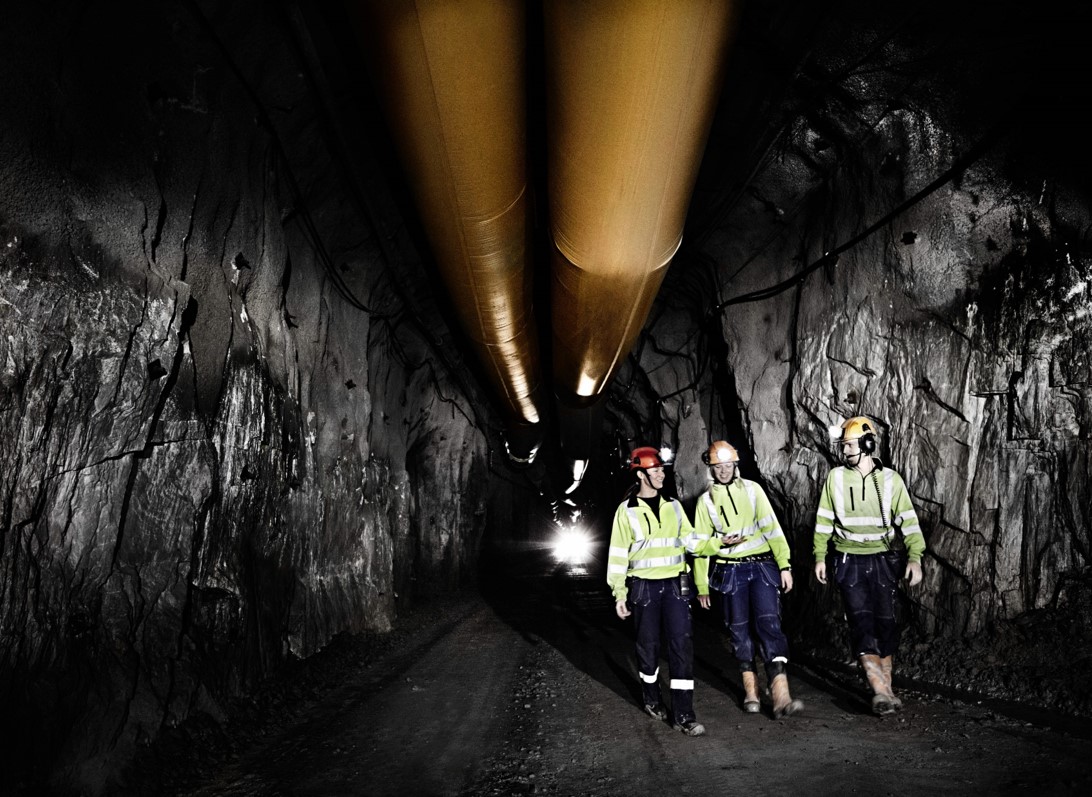
Boliden is a major producer of Copper, Zinc, Lead, Gold and Silver with mines located in Sweden, Finland and Ireland. The underground Boliden mines are among the deepest mines in Europe, reaching depths below surface in excess of 1.400m.
Challenges & Motivation: The number one priority and biggest challenge is to ensure highest standards in workplace safety. This is why (a) efficient ground support and reliable technologies to control and manage ground stability risks, accompanied by (b) improved real-time data acquisition to continuously monitor the status of installed ground support are urgently required for improved decision-making processes and optimised operational planning.
Company-wide, Boliden installs approximately 400.000 rock bolts per year in order to create a safe underground working environment. Currently, there are no automated control systems in place that continuously monitor the rock bolts operational status and identify failed rock bolts. Such monitoring system as proposed to be developed by illuMINEation via equipping standard rock bolts with low-cost sensors, would allow to identify areas where rock support requires rehabilitation or areas that need to be closely monitored by the mine management team. Such “sensorised” rock bolts will continuously transfer data via underground communication networks, already available in many Boliden mines, followed by thorough data analysis and visualisation via IIoT applications and tools.
Use Case 5: Mining equipment and systems manufacturer (Epiroc Rock Drills AB)
Epiroc is a leading productivity partner for the mining and infrastructure industries. With cutting-edge technologies in different areas, the company develops and produces innovative mining equipment, consumables and services for e.g. surface and underground mining (incl. drilling and rock excavation).
Challenges & Motivation: Active mining operations require verified solutions and services. However, in most cases mining companies have limited opportunities to test and verify new solutions in their mines due to interference with production. The company offers test facilities and owns a test mine to secure tests of sub- or full systems prior to safe deployment in commercial mines.
The scope of this use case, including predictive maintenance, battery surveillance systems, sensor and data analytics, as well as selected tests in Epiroc’s test mine facilities aligns well with the other four involved mining company use case partner’s needs.
